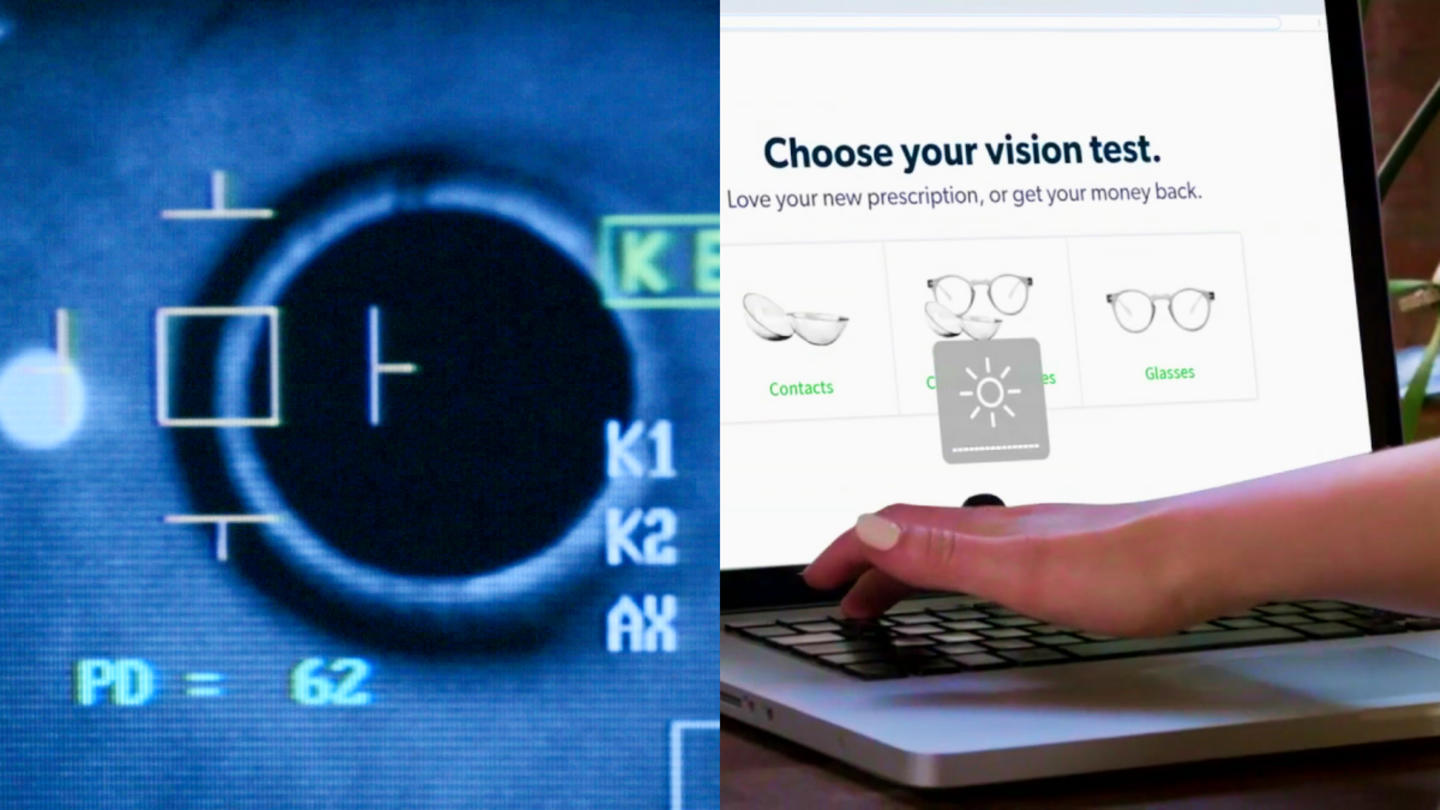Fifty years ago, lawmakers believed they could control rising health care spending by preventing different providers from offering the same services in the same area.
The federal government abandoned this mandate in 1987 because it was ineffective, but Certificate of Need, or “CON” laws, persist in 35 states and Washington, D.C.
Compared to states without CON laws, states with CON laws are associated with higher patient spending, fewer medical facilities, and inferior patient outcomes.
Because of these correlations, 12 states have repealed their CON laws. South Carolina was the most recent state to do so, with Gov. Henry McMaster signing the repeal into law on May 17, 2023.
What are CON laws, exactly?
CON laws are regulations that require health care providers to get state approval for expanding facilities, services, or equipment.
The first CON laws were passed in the 1960s and early 1970s to address the rapid rise in health care expenses. According to the Federal Trade Commission, the conventional wisdom at that time thought high costs were driven by excess spending on duplicative services and facilities.
Depending on the state, providers apply for permission through state health agencies or departments, or special boards or commissions whose members are appointed by governors or state legislatures.
This is where the term “certificate of need” comes from — if you want to build a new hospital wing or care center or even buy more hospital beds, you need to prove to state health administrators that these new services are needed by the community. But that’s not all; incumbent providers also get a say in the matter. It’s like McDonald’s needing permission from Wendy’s before it could open a new store.
It’s an approach that creates just what we don’t need — more barriers to innovation — and prioritizes the opinions of officials over the expressed needs of patients.
CON laws essentially create an artificial shortage of health care services. When anything is in short supply, it becomes more expensive, not less. Reviewing Michigan’s CON program, researchers at Duke University said that “findings suggest not only that CON do not really contain hospital costs, but may actually increase them by reducing competition.”
Impact on health care quality and costs
To date, CON laws have never been shown to systematically improve the quality of health care.
In fact, one study concluded that mortality rates for pneumonia, heart failure, and heart attacks were significantly higher in hospitals in CON states, as were deaths from complications after surgery.
The American Medical Association has also cited several studies concluding that there is little evidence that CON laws improve health care quality. “The evidence is weak regarding the ability of CON to improve quality by concentrating volume,” one cited study found. “CON does not provide an ongoing mechanism to monitor quality.”
In some cases, CON regulations contribute to lack of access to life-saving care. In 2012, a woman in Salem, Virginia, lost her baby in part because, two years earlier, the hospital in her area was denied permission to build an eight-bed neo-natal specialty care unit. Born prematurely, the infant would have had a chance of surviving had the Salem hospital been allowed to add the equipment and facilities it needed to serve a community whose birthrate had doubled since 2010.
As for the impact on costs, CON laws were originally intended to make health care more affordable. Five decades later, research shows they are actually more likely to contribute to higher costs.
The Federal Trade Commission concluded, “The majority of studies fail to establish any definitive link between CON laws and lower unit costs.” Research conducted by the Center for Health Services Research at Georgia State University found that “increased CON rigor is associated with higher costs.”
Sign up for the Stand Together newsletter and get stories, ideas, and advice from changemakers to help you tackle America’s biggest problems.
Fewer options for patients
One of the consequences of CON laws is that their application processes are so burdensome that few people have the time, resources, or wherewithal to complete them.
In her quest to build a new birth center in Augusta, Georgia, Katie Chubb formed a board of directors, bought a location, and secured funding. State health officials agreed there was a need for her services, but the three hospitals from which Katie needed transfer agreements disagreed. Her CON application was denied.
It took Virginia doctor Mark Monteforte five years and $175,000 in fees to get CON approval for a second MRI machine for his medical imaging practice. He’s since declined to expand his facility because the associated costs are too high without a guarantee his appeal would even be accepted.
“The onerous cost and process of undergoing CON review has a distinct chilling effect on those seeking to undertake modernization, specialization, and efficiency in health care,” the Missouri Senate Interim Committee on Certificate of Need concluded.
More red tape for medical professionals
Health care and how it’s delivered have changed since the 1960s. So have its costs and how they’re determined. CON laws – and the rationale for them – haven’t kept pace with such change.
The COVID-19 pandemic made this clear. Several states temporarily waived or expedited their CON processes so health care professionals could mobilize more quickly to combat the rapidly spreading disease.
Allowing these professionals to work with fewer restrictions enabled them to share their knowledge and ideas more quickly and save lives.
Patients are increasingly demanding such openness concerning their health care, especially where quality and access are lacking. Based on the evidence, repealing CON laws is a good place to start.
Learn more about Stand Together’s health care efforts.

The accesSOS app is poised to offer both accessibility and badly needed help for emergency services.

Peer support may be the key to transforming mental health care. So far, it’s working for millions.

Regulatory barriers stunt innovation. When Visibly won approval for its online vision test, a vital new technology entered the market.

The current healthcare system leaves many behind, including those needing life-changing orthopedic care.
